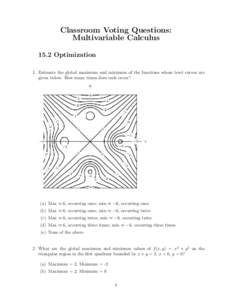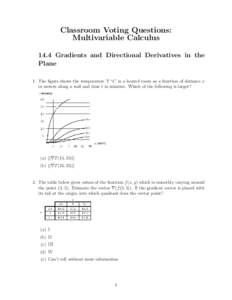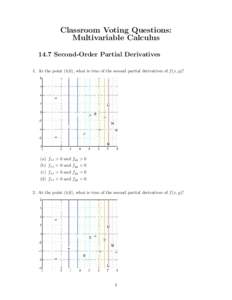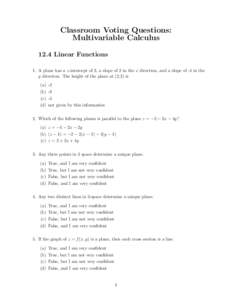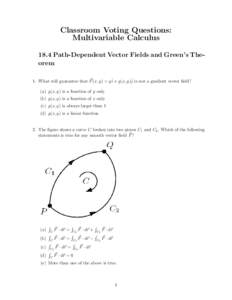<--- Back to Details
| First Page | Document Content | |
|---|---|---|
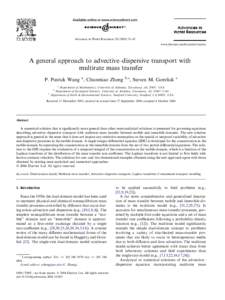 Date: 2005-01-11 17:58:17Calculus Mathematical analysis Differential equations Mathematics Fourier analysis Multivariable calculus Laplace transform Partial differential equation Integral transform Convectiondiffusion equation Control theory |
Add to Reading List |
 Advances in Water Resources–42 www.elsevier.com/locate/advwatres A general approach to advective–dispersive transport with multirate mass transfer P. Patrick Wang a, Chunmiao Zheng
Advances in Water Resources–42 www.elsevier.com/locate/advwatres A general approach to advective–dispersive transport with multirate mass transfer P. Patrick Wang a, Chunmiao Zheng